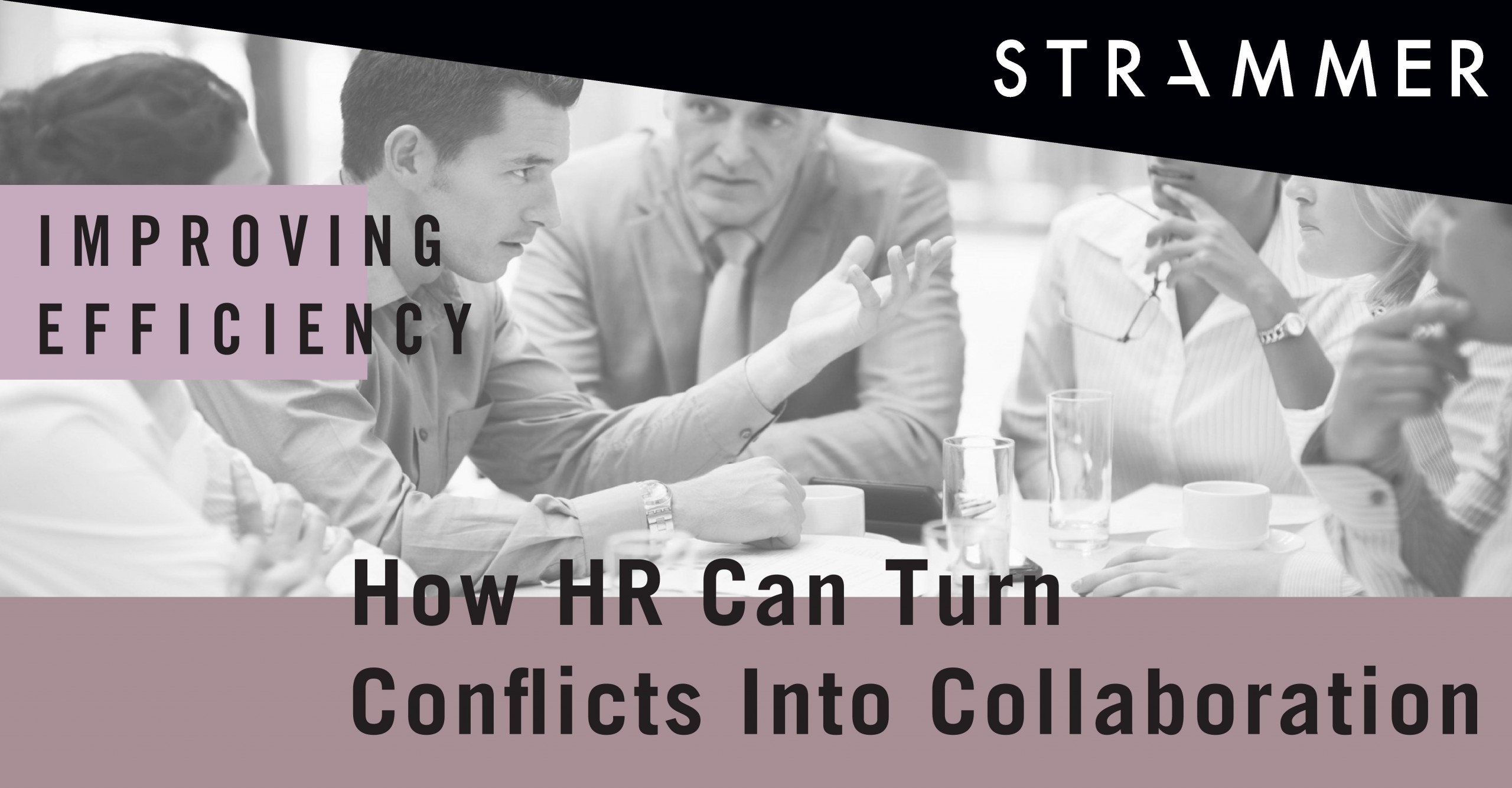HR’s Guide To Making The Best Out Of Situations
Nowadays, employees are encouraged more and more to express their opinions and suggestions regarding proposals compared to previous years. This is to improve quality of the projects with the collaboration of many people from different departments, sectors or even demographics. Engaging in active collaboration offers enormous advantages: a cohesive brand identity, quicker internal decision-making, lowered expenses by pooled resources, and the possibility of coming up with more advanced ideas.
Although it can be considered an over-all advantage, it can lead to several disadvantages – mainly conflict. As corporate complexity increases so does the chances of confrontation, both within and outside of the organisation. HR has consistently attempted to curb conflict in their companies through policies that attend to the surface but not the root of the problem. For example, they may decide to replace one country sector with another because they were clashing with each-other. However, this will not come to fruition as it is impossible to completely eradicate conflict without cooperating and collaborating.
Another reason for the failure of turning workplace conflict to collaboration is that often, Human Resources interventions are requested much after the conflict has already culminated and it is too late for damage-control initiatives. Therefore, it is imperative that HR is aware of such incidents from the beginning, even if it is minor in scale. It is not necessary to know every single detail and initiate conflict resolution efforts from the beginning, but a general idea of it can help the HR understand its nature if it snowballs into a bigger issue.
Turning confrontation into cooperation demands that everyone involved in the confrontation understands that two people will not have the exact same perspective. This understanding must come from an open-minded standpoint of unbiasedness, humility, and inquisitiveness. It is possible that through training, cooperating, and collaborating, employees can create these capabilities themselves and turn healthy conflict into a high-performance benefit. However, to come to this stage, employees must let their guard down and show the receiving side of them, which can be extremely difficult. Therefore, it is the responsibility of Human Resources to establish an environment under which these sensitive discussions can transpire without criticism, grudges, or efforts to gain the upper hand. To ensure that HR can help employees navigate through friction, they should be perceived as an unbiased, trustworthy advisor who is a necessary part of this intervention. Employees must be confident in the HR’s integrity for this to happen, which is why they must be careful with how they handle their tasks from the get-go, so that they can be the ideal support that the workforce needs and be successful in turning workplace conflict to collaboration.
References :
- How HR Can Help Leaders Turn Conflict Into Collaboration, Jul 3, 2020, Forbes.





